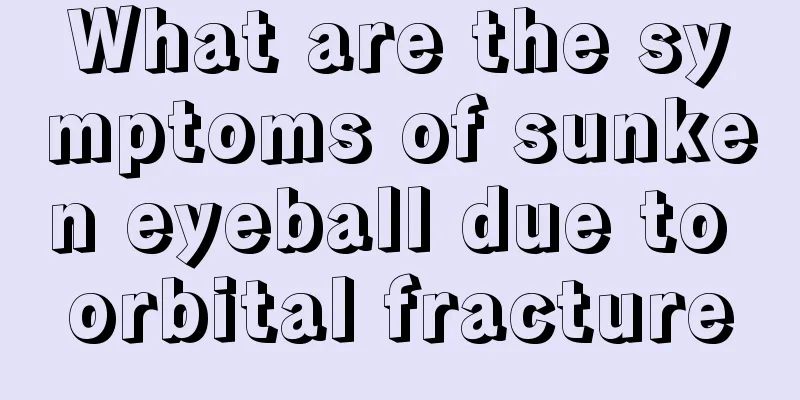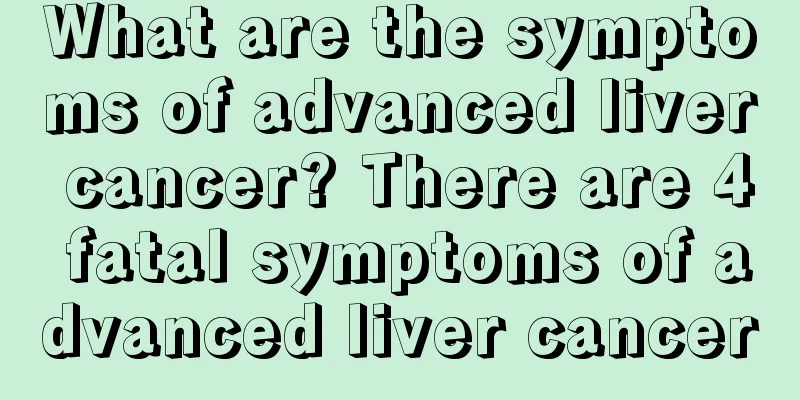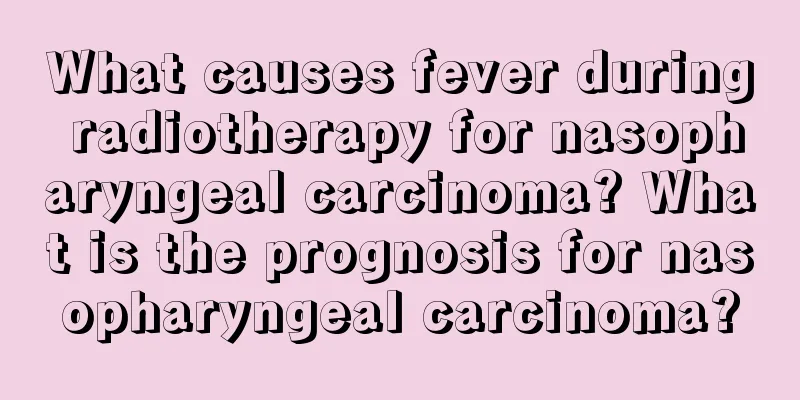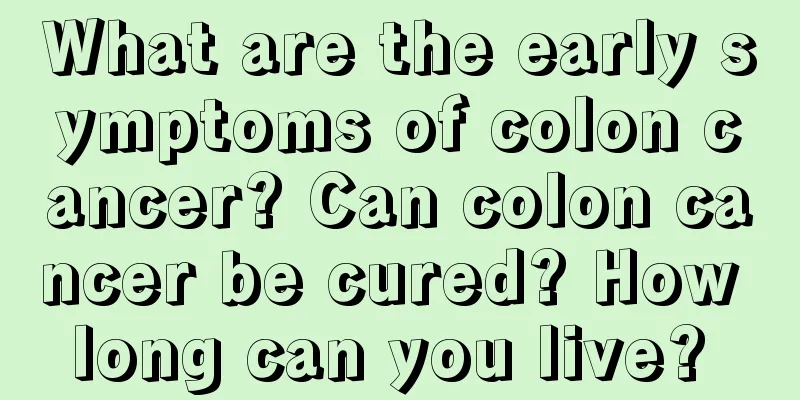What is the reason for low fever after chemotherapy

|
For patients with advanced cancer, chemotherapy is a treatment method that can prolong their life. Although chemotherapy will cause certain harm to the patient's body, the patient still needs to persist in the treatment. A low-grade fever after chemotherapy is a normal adverse reaction of the body. However, low fever caused by different reasons requires targeted treatment. Let’s take a look below! One of the reasons for fever after chemotherapy: infectious fever This is the main reason for fever after chemotherapy. After patients receive chemotherapy, chemotherapy drugs cause bone marrow and immune suppression, which leads to a decrease in the body's normal white blood cells and low immunity, and reduced resistance. In addition, factors such as malnutrition and older age of cancer patients reduce patients' defense function against external viruses, making them prone to varying degrees of infection, which makes them prone to fever. What to do: Once it is discovered that the fever is infectious, the treatment principles are slightly different from those for fevers caused by other diseases. A larger dose of antibiotics should be used to control the infection and the body temperature. In this regard, Chinese medicine can be used to improve resistance. Warm reminder: Chinese medicine ginseng is a traditional precious medicinal material with a medicinal history of thousands of years. Many of the pharmacological effects of ginseng are mainly derived from ginsenosides. Studies have found that ginsenoside Rg3 in ginseng can significantly enhance the body immunity of cancer patients and inhibit tumor growth and metastasis. Experiments have confirmed that ginsenoside Rg3 can significantly increase the carbon particle clearance rate of mice, increase the weight of immune organs (spleen and thymus) of tumor-bearing mice, serum hemoglobin content, B lymphocyte transformation ability, and NK cell activity, thereby improving the nonspecific immune function and specific immunity (including cellular immunity and humoral immunity) function of mice. This effect of promoting immune function enhancement shows a certain dose-effect relationship, with the optimal dose range of ginsenoside Rg3 monomer component 1.5-3.0 mg/kg. In the past decade, China has conducted extensive research on ginsenoside Rg3. The second reason for fever after chemotherapy: drug fever There are many chemotherapy drugs that can cause fever reactions, which is relatively common. It should be noted that the characteristics of fever caused by different chemotherapy drugs are not the same. What to do: Physical cooling and antipyretic analgesic treatment can usually reduce the temperature. Warm reminder: If the patient develops drug-induced fever, this type of chemotherapy drug should generally not be used anymore. If it must be used, it is recommended that the patient use antipyretics or corticosteroids to prevent fever before using this type of chemotherapy drug. The third reason for fever after chemotherapy: tumor fever After excluding infectious fever and drug-induced fever, another possibility to consider is tumor fever. What you need to know is that tumor cells have the ability to affect the body's ability to regulate body temperature. Usually, the body temperature of tumor patients is between 37.5℃ and 38℃. There is no obvious regularity in their temperature curve. Most of them are low-grade or moderate fevers. Even if they have a high fever, sometimes there are no special test results. In addition, cancer patients usually do not feel cold but hot. What to do: Antibiotics and anti-allergic drugs have no obvious effect, but anti-cancer drugs can reduce fever. Warm reminder: The above is a summary of "What causes fever after chemotherapy". If the cancer patient's fever continues for a period of time, especially above 38.5, it should be highly valued. The real cause of the fever should be found out in time and targeted cooling should be carried out. If not handled in time, it may cause other diseases and complications. |
<<: What to do if platelet count is low after radiotherapy
>>: What to do if bamboo thorns pierce the skin
Recommend
The specific effects of facial essential oils
Essential oils are very helpful for improving ski...
Learn how to remove formaldehyde with light salt water in life
People's understanding of formaldehyde is not...
Can nerve pain be cured?
Even today when modern medicine is so advanced, t...
Transferrin is low
Transferrin is a very important protein in the bo...
The role of small molecule protein peptides
There have been several epidemics in the past. Al...
How to remove acne marks and acne pits
Acne marks and acne pits are the signs of youth, ...
What are the latest drugs for rectal cancer
What are the latest drugs for treating rectal can...
How to solve the bad smell of sweaty clothes
Now that summer is coming, people are sweating mo...
Is thread embedding suitable for swollen eyelids?
Puffy eyelids refer to some swelling above and be...
How to treat bladder cancer? How to prevent bladder cancer?
If ordinary people are diagnosed with bladder can...
How do the late symptoms of cardia cancer manifest?
Cardiac cancer is actually a type of gastric canc...
What causes knee pain? What causes knee pain after exercise?
Many people experience knee pain after exercise. ...
How to clean a silver bracelet and make it shiny
Silver bracelets are a type of jewelry that many ...
Analysis of pathological characteristics of cervical cancer
Women are not unfamiliar with cervical cancer, bu...
What is the correct way to apply apple on the face?
Apple is the most common fruit. Most people have ...









